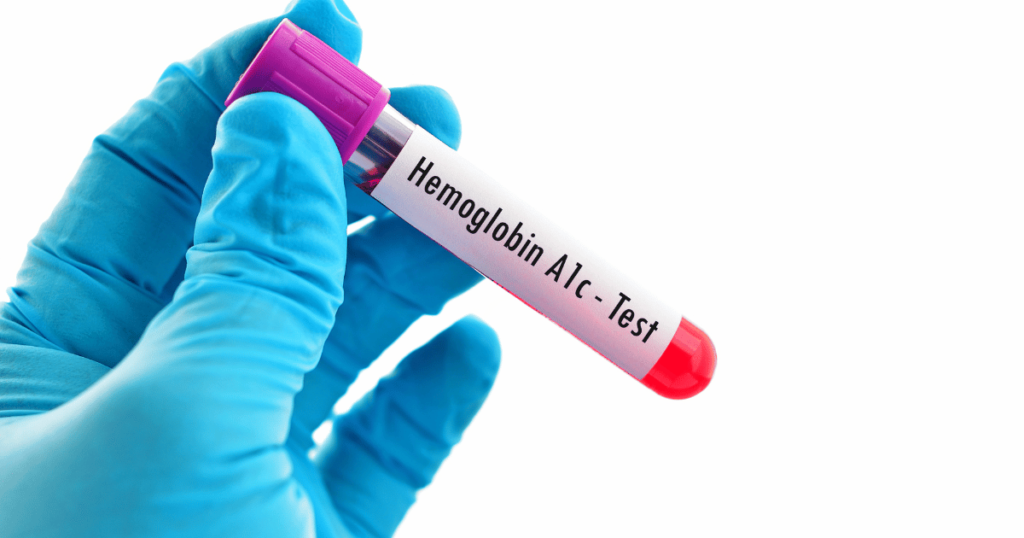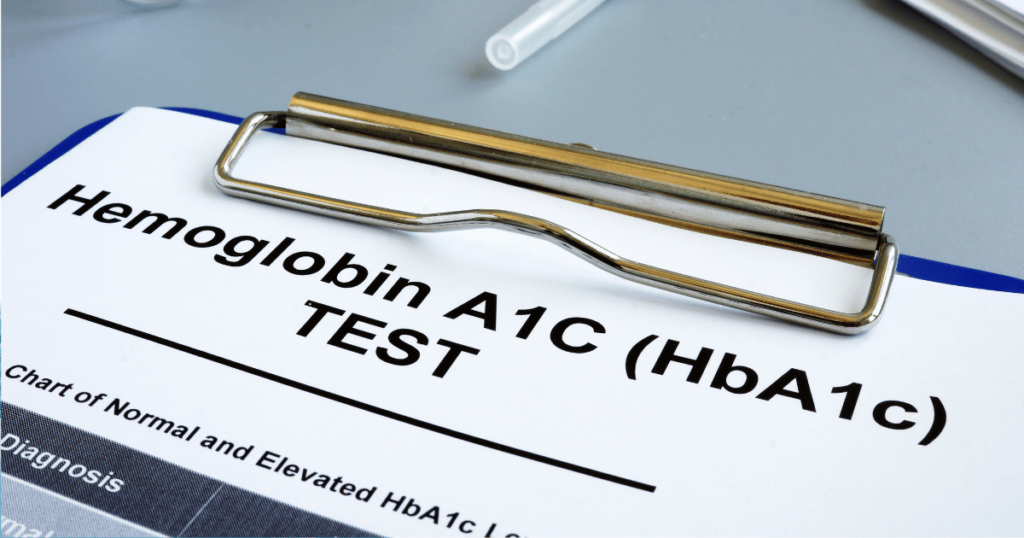Managing diabetes effectively requires a deep understanding of various metrics, one of which is Hemoglobin A1C levels. This crucial measurement provides insights into your blood sugar control over the past two to three months. In this comprehensive guide, we’ll delve into what Hemoglobin A1C levels are, their significance, how they are measured, and ways to interpret and manage these levels for optimal health.
What is Hemoglobin A1C?

Hemoglobin is a protein in red blood cells responsible for transporting oxygen throughout the body. When glucose (sugar) in the bloodstream attaches to hemoglobin, it forms what is known as ‘glycated hemoglobin,’ or Hemoglobin A1C. The A1C test measures the percentage of your hemoglobin that is coated with sugar. The higher your A1C level, the poorer your blood sugar control and the higher your risk of diabetes complications.
Why is A1C Important?
A1C levels are a vital health indicator for individuals with type 1 or type 2 diabetes, as well as for those at risk of developing diabetes. This measurement helps:
- Diagnose Pre-diabetes and Diabetes: An A1C level between 5.7% and 6.4% indicates pre-diabetes, while a level of 6.5% or higher on two separate tests suggests diabetes.
- Monitor Diabetes Management: For those already diagnosed with diabetes, the A1C test is used to gauge how well you’re managing your blood sugar levels over time.
- Predict Complications: Higher A1C levels are linked to a greater risk of diabetes-related complications, such as nerve damage, kidney disease, and heart disease.
Understanding A1C Levels
The A1C test results are reported as a percentage. The American Diabetes Association (ADA) provides the following guidelines:
- Normal: Below 5.7%
- Pre-diabetes: 5.7% to 6.4%
- Diabetes: 6.5% or higher
For individuals managing diabetes, the goal is typically to keep the A1C level below 7% to prevent complications. However, these targets can vary based on individual health conditions, age, and other factors. It’s essential to consult with your healthcare provider to determine your specific goals.
How is the A1C Test Conducted?
The A1C test is a simple blood test that can be done at a doctor’s office or a lab. It doesn’t require fasting, making it more convenient than traditional blood sugar tests. The test can be done in two ways:
- Blood Draw: Blood is taken from a vein in your arm and sent to a lab for analysis.
- Finger Prick: Some doctors might use a point-of-care A1C test, where a small blood sample from a finger prick is analyzed right in the office.
Factors Influencing A1C Levels
Several factors can affect A1C levels, making them either falsely high or low:
- Hemoglobin Variants: Certain genetic hemoglobin variants can interfere with A1C test results.
- Kidney or Liver Disease: These conditions can lower A1C levels.
- Blood Loss or Transfusion: These can lead to falsely low A1C levels.
- Iron-Deficiency Anemia: This can cause a falsely high A1C reading.
Managing and Lowering A1C Levels

Lowering your A1C levels is a crucial step in managing diabetes and reducing the risk of complications. Here are some strategies:
- Healthy Eating: Focus on a balanced diet rich in fruits, vegetables, whole grains, lean protein, and healthy fats. Monitor carbohydrate intake and understand how different foods affect your blood sugar levels.
- Regular Exercise: Aim for at least 150 minutes of moderate aerobic activity per week, along with strength training exercises.
- Medication Management: Take all medications as prescribed and discuss any
concerns or side effects with your healthcare provider. They may adjust your medication based on your A1C results and overall health.
- Monitoring Blood Sugar: Regularly checking your blood sugar levels can help you understand how different activities and foods affect your levels. This immediate feedback can guide daily lifestyle choices.
- Stress Management: Stress can significantly impact blood sugar levels. Techniques such as mindfulness, yoga, and regular exercise can help manage stress.
- Regular Check-Ups: Regular appointments with your healthcare provider are essential for monitoring your overall health and making necessary adjustments to your diabetes management plan.
- Education: Staying informed about diabetes and its management is crucial. Attend workshops, join support groups, or consult with a diabetes educator.
Interpreting A1C Test Results
Understanding your A1C results is crucial for managing your health. If your A1C level is higher than your target, it’s a signal that your diabetes management plan needs adjustments. This might include changes in diet, exercise, medication, or all three. Conversely, if your A1C is lower than expected, it might indicate too many hypoglycemic (low blood sugar) episodes, and your treatment plan may need to be less aggressive.
A1C and Daily Blood Sugar Monitoring
It’s important to note that A1C levels provide a long-term view of blood sugar control but don’t replace daily blood sugar testing. Daily monitoring provides immediate feedback on your blood sugar levels, which can be influenced by food, physical activity, medication, illness, or stress.
Special Considerations
- Pregnancy: Women with diabetes who are pregnant or planning to become pregnant may have lower A1C targets to reduce the risk of complications for the baby.
- Children and Teens: A1C goals for children and adolescents with diabetes might be less stringent to minimize the risk of hypoglycemia.
- Older Adults: Less strict A1C goals may be appropriate for older adults, especially those with limited life expectancy or significant comorbidities.
The Future of A1C Testing
Advancements in technology continue to refine how we measure and interpret A1C levels. Continuous glucose monitoring (CGM) systems and improved point-of-care testing devices are making it easier for individuals to track and manage their diabetes.
Conclusion
Hemoglobin A1C levels are a vital tool in the management of diabetes, offering a snapshot of your average blood sugar control over several months. Understanding what your A1C levels mean and how to influence them through lifestyle choices, medication, and ongoing monitoring is crucial in managing diabetes effectively. Remember, the goal is not just to reach a number but to maintain overall health and prevent the long-term complications of diabetes. Always work closely with your healthcare team to determine the best strategies for you.
In conclusion, while managing A1C levels can be challenging, it’s an integral part of diabetes care. By understanding what A1C is, how it’s measured, and how to interpret the results, you can take proactive steps toward better health and diabetes management. Remember, every small step counts in your journey to a healthier life.
Hemoglobin A1C Levels
check this out: Cellulite What Is It And The Best Ways to Get Rid of it 2024



